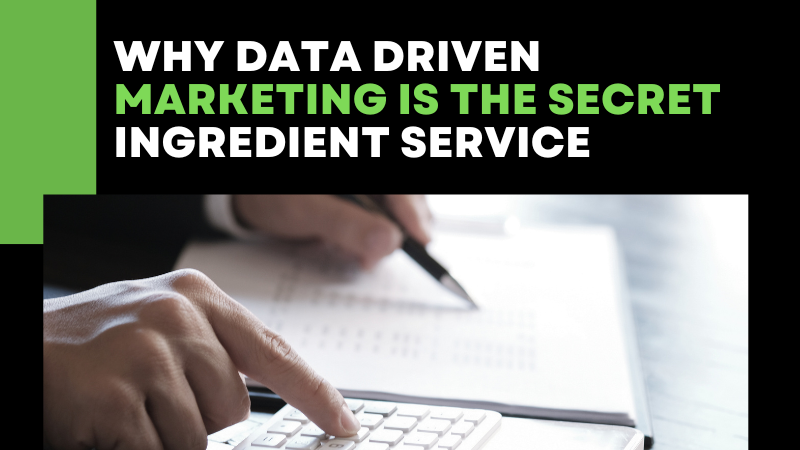Why Data Driven Marketing Is The Secret Ingredient

Image depicting a computer screen displaying various graphs and charts
Introduction
In the dynamic landscape of modern marketing, data has emerged as the silent hero, propelling businesses toward unprecedented growth and success. This article delves into the pivotal role of data-driven marketing and why it stands as the secret ingredient behind thriving businesses globally.
Understanding Data-Driven Marketing
Data-driven marketing is not merely a trend; it’s a strategic approach fueled by insights gleaned from consumer data. By harnessing the power of data analytics, businesses gain profound insights into consumer behavior, preferences, and trends. This enables targeted and personalized marketing campaigns, ultimately leading to higher conversion rates and customer satisfaction.
Unveiling the Insights: Leveraging Consumer Data
The cornerstone of data-driven marketing lies in leveraging consumer data to tailor marketing strategies. By analyzing demographic information, browsing patterns, and purchase history, businesses can craft hyper-targeted campaigns that resonate with their audience on a deeper level.
The Art of Personalization: Customizing the Customer Experience
One of the key advantages of data-driven marketing is its ability to personalize the customer experience. By delivering relevant content and offers based on individual preferences, businesses can foster stronger connections with their audience, driving brand loyalty and repeat purchases.
The Impact of Data-Driven Marketing
- Driving Business Growth: Maximizing ROI
Data-driven marketing isn’t just about enhancing the customer experience; it’s also about driving tangible results for businesses. By optimizing marketing spend and targeting high-value segments, businesses can maximize their return on investment (ROI) and achieve sustainable growth.
- Staying Ahead of the Curve: Embracing Innovation
In today’s competitive landscape, innovation is the key to staying ahead of the curve. Data-driven marketing empowers businesses to stay agile and responsive to changing market dynamics by continuously analyzing and iterating their strategies based on real-time data insights.
Why Data Driven Marketing Is The Secret Ingredient
Data-driven marketing isn’t just a tool; it’s the secret ingredient that separates successful businesses from the rest. By harnessing the power of data, businesses can unlock a treasure trove of opportunities, from identifying untapped market segments to predicting future trends.
- Optimizing Marketing Strategies: The Power of Predictive Analytics
Predictive analytics is a game-changer in data-driven marketing, enabling businesses to anticipate future trends and consumer behavior with remarkable accuracy. By leveraging predictive models, businesses can make informed decisions and allocate resources more effectively, ultimately driving better results.
- Fostering Continuous Improvement: The Iterative Approach
One of the hallmarks of data-driven marketing is its iterative approach to improvement. By constantly testing and optimizing campaigns based on data insights, businesses can refine their strategies over time, ensuring they remain relevant and effective in a rapidly evolving landscape.
FAQs (Frequently Asked Questions)
How does data-driven marketing benefit small businesses?
Data-driven marketing levels the playing field for small businesses by providing access to valuable insights without the need for extensive resources. By leveraging data effectively, small businesses can compete with larger counterparts and carve out their niche in the market.
What role does artificial intelligence play in data-driven marketing?
Artificial intelligence (AI) plays a pivotal role in data-driven marketing by automating tasks, analyzing vast datasets, and generating actionable insights in real-time. From chatbots that engage customers to algorithms that optimize ad targeting, AI enhances the efficiency and effectiveness of marketing efforts.
Is data-driven marketing only relevant for online businesses?
While data-driven marketing is particularly prevalent in the realm of online businesses due to the abundance of digital data, its principles can be applied across various industries and channels. Whether it’s optimizing storefront layouts or refining direct mail campaigns, data-driven strategies can benefit businesses across the board.
How can businesses ensure data privacy and security in data-driven marketing?
Ensuring data privacy and security is paramount in data-driven marketing. Businesses can achieve this by implementing robust data protection measures, obtaining consent from customers for data collection and usage, and adhering to regulatory frameworks such as GDPR (General Data Protection Regulation).
What are some common challenges associated with data-driven marketing implementation?
Some common challenges include data silos, where relevant data is scattered across disparate systems, and the need for skilled personnel to interpret and act on data insights effectively. Additionally, ensuring data accuracy and integrity is crucial to the success of data-driven marketing efforts.
How can businesses measure the success of their data-driven marketing initiatives?
Businesses can measure success through key performance indicators (KPIs) such as conversion rates, customer acquisition cost (CAC), customer lifetime value (CLV), and return on investment (ROI). By tracking these metrics and analyzing trends over time, businesses can gauge the effectiveness of their marketing strategies.
Conclusion
Data-driven marketing isn’t just hype; it’s a pivotal shift that’s transformed how businesses approach marketing strategies.. Data empowers businesses, unlocking insights, driving growth, and ensuring competitiveness in today’s rapid digital environment.
